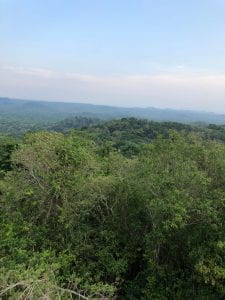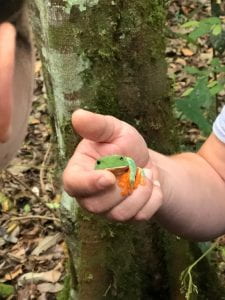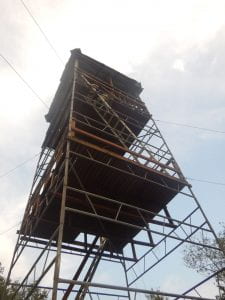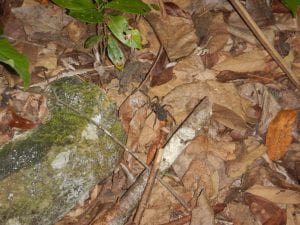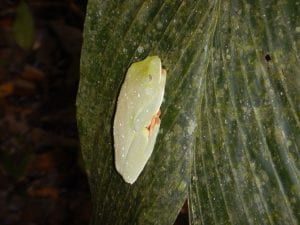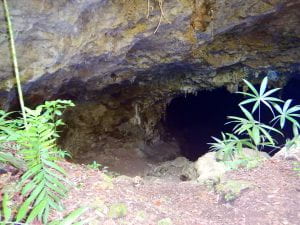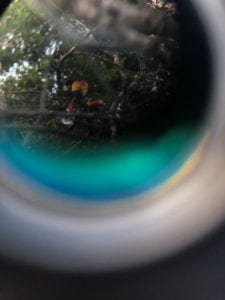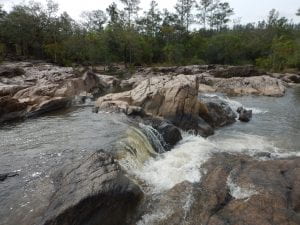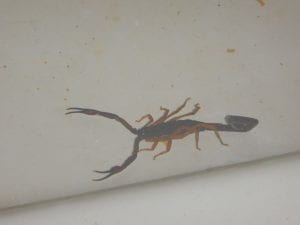Got to see a toucan today even though I woke up late for bird watching. I’m glad I finally got to see a toucan, and I can say I have seen the two most iconic birds here at Las Cuevas. I do feel bad for not actually getting up at 5:00a.m for bird watching, but I tried very hard.
The bird tower hike was very VERY tiring, but once I got to the top of the tower, it was all worth it. The view was such a pretty sight, and the sunset was great as well. Got a couple photos during the golden hour which only lasted for about 10 minuets. That’s nice. The walk back was definitely faster, and it probably would have been faster to take that route.
As we were walking along the shortcut road that leads to the bird tower, I saw more and more lichens. We went down this trail to tackle our afternoon experiment, and along the way I looked for epiphytes, which were everywhere. Bromeliads were everywhere as they usually are and so were these never ending loops of lianas.
After lectures, I just enjoyed the view with Elizabeth, and we talked about the day. We looked at a moth that had she had caught, and she would not playing with him. Before going to bed, I talked to Pierce about how he has an eye of an eagle, and how awesome it is for him to just see lots of things at night. Today was definitely the longest day, but a good one. See you tomorrow as our stay at Las Cuevas winds down L.
Picture: View from the bird tower

